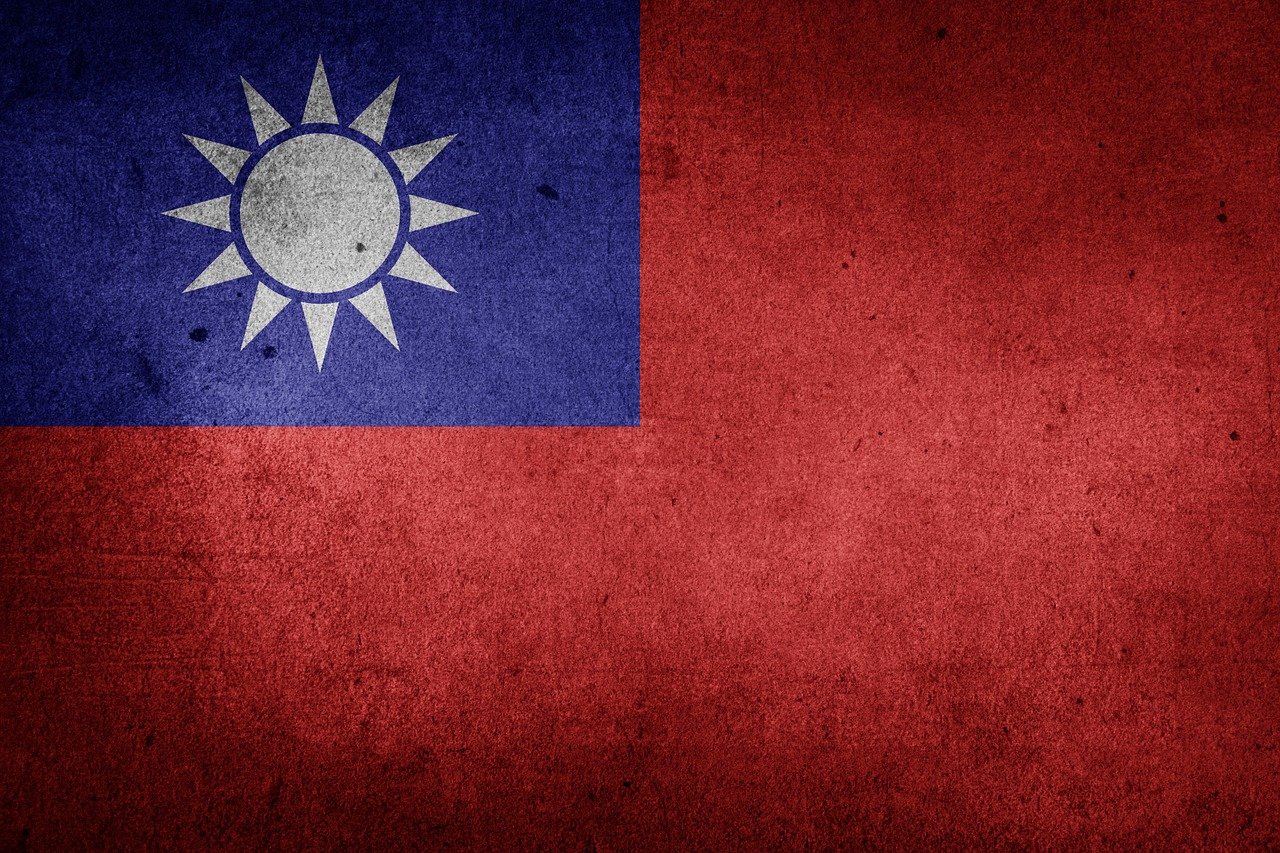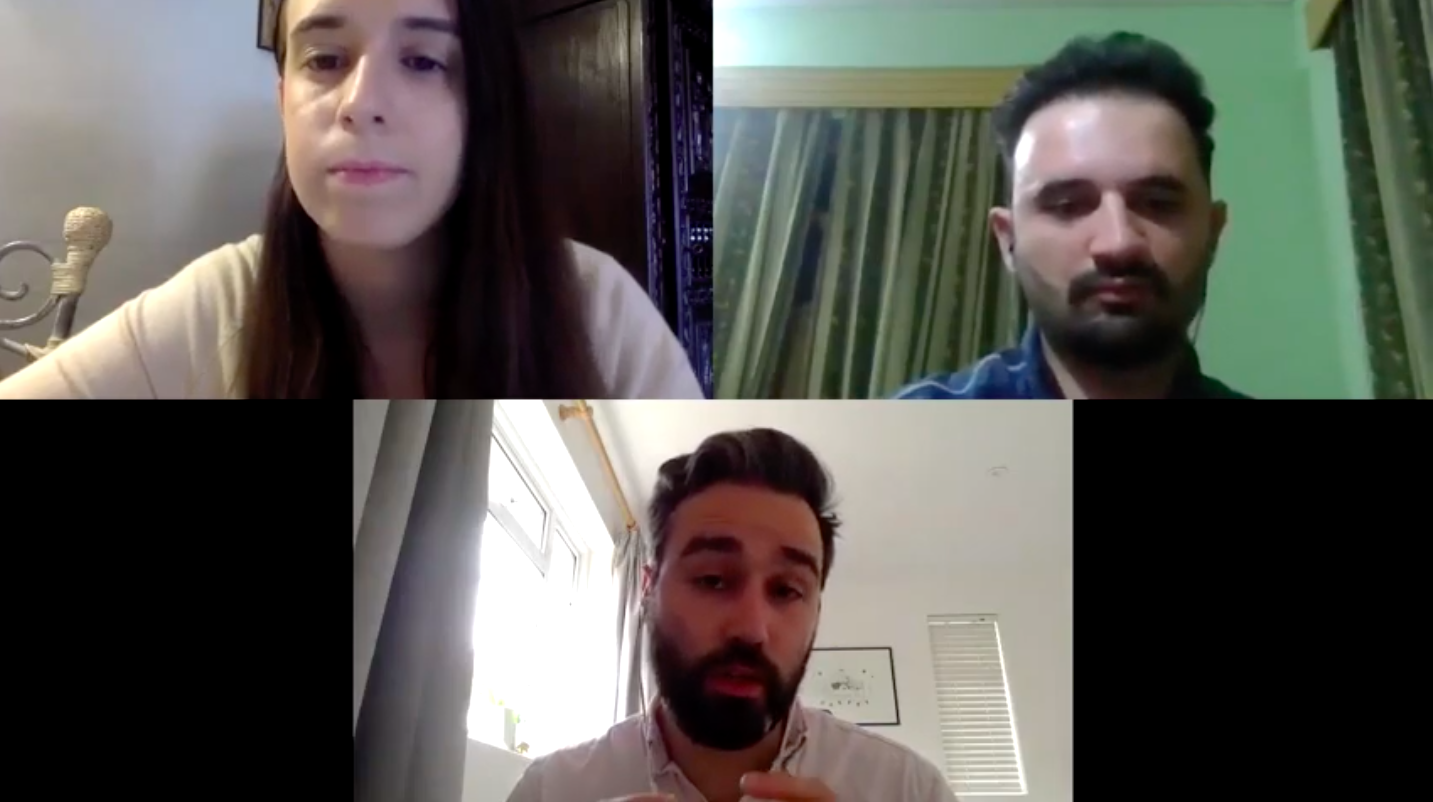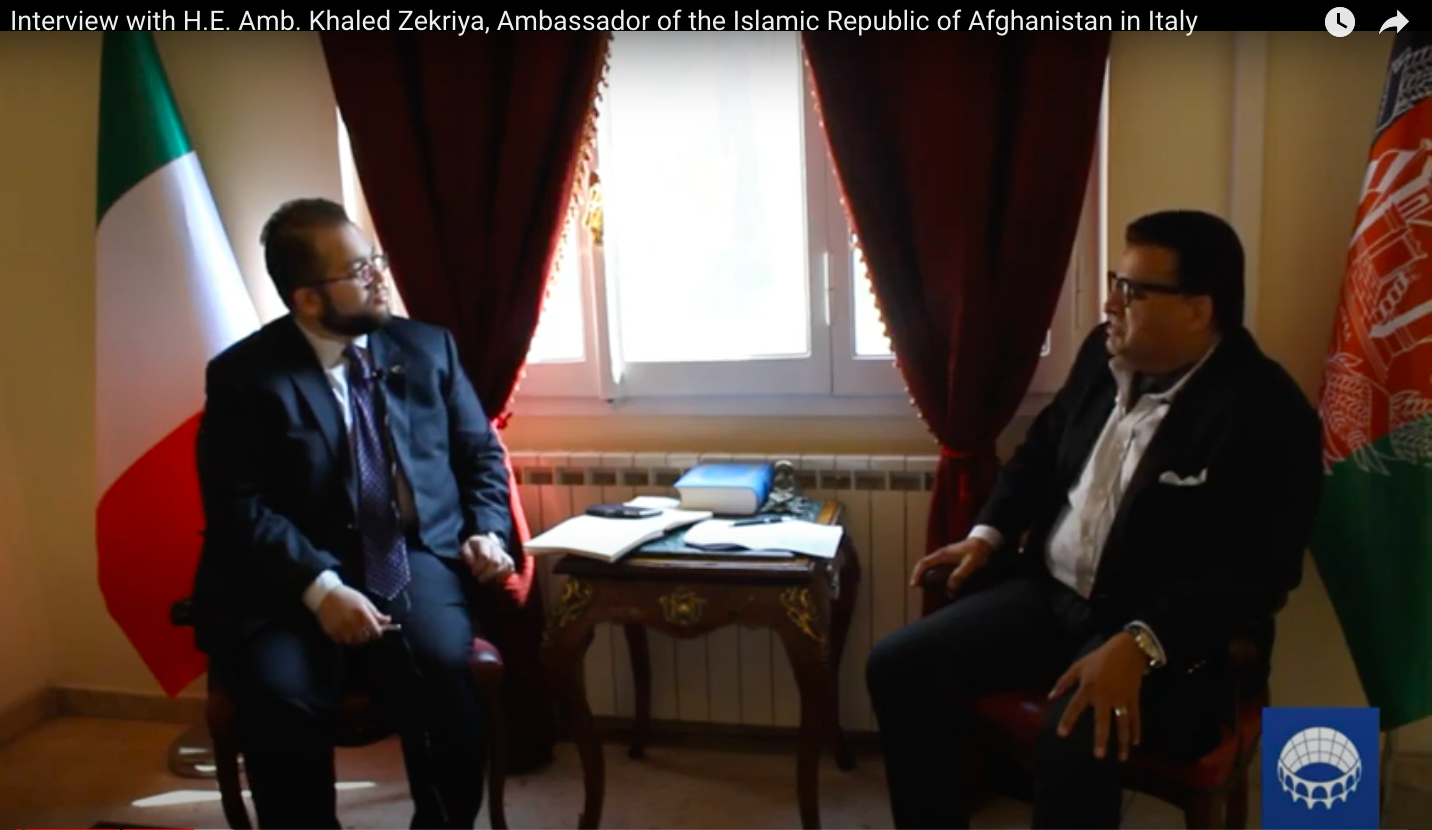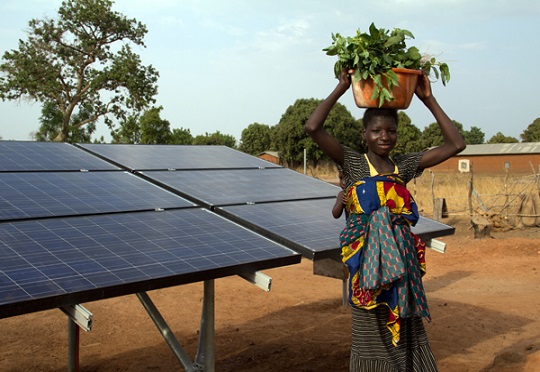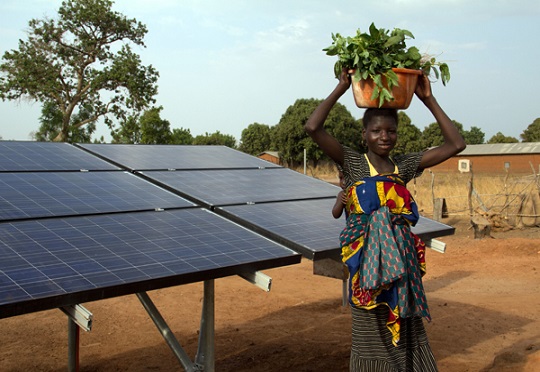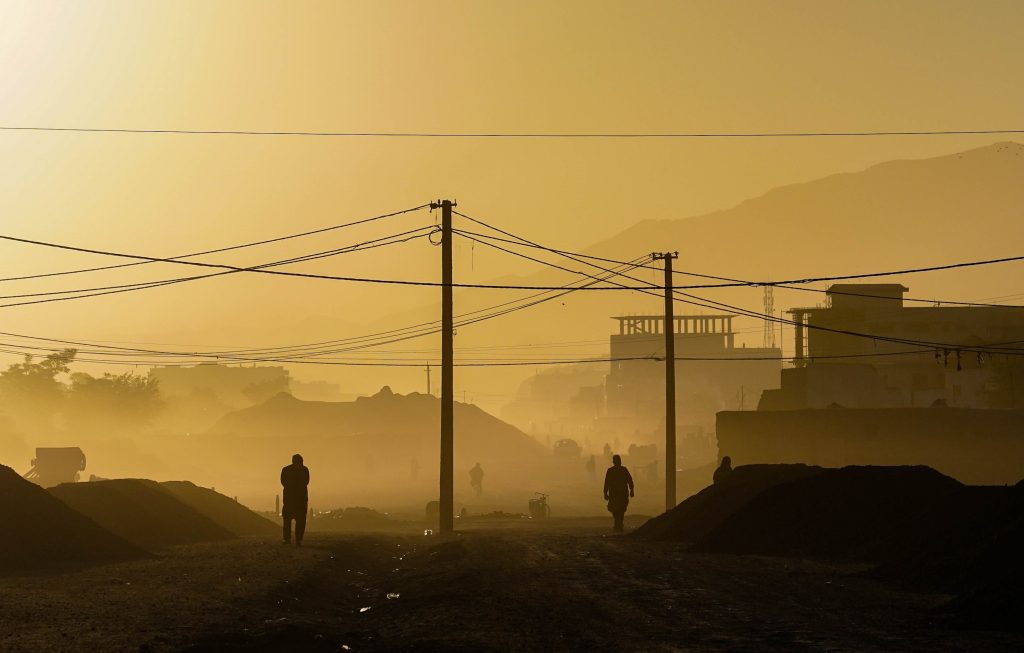By: Sandra Watson Parcels
Joanna Chiu’s book, China Unbound: A New World Disorder, describes China as a global bully who uses various tactics in its attempts to create a new world order. The new world disorder Chiu describes in her book exposes troubling implications for global stability and human rights.
China is the world’s second-largest economy with far reaching political and economic influence. Jan Wong, Globe and Mail Bureau Chief in Beijing from 1989 to 1994 recalls when China’s markets began to open and there was a strong desire for global friendship. However, since President Xi Jinping’s rise to power in 2012, China has gone from underdog to bully.
Xi is an admirer of ancient legalist scholars and quoted Han Fei, a legalist scholar from 200-233 BCE, to justify why his citizens should submit to a strong leader; ‘When those who uphold the law are strong, the state is strong.’ In one speech to party members, he discussed the lessons to learn from the collapse of the Soviet Union and how its wavering ideology, political rot, and military disloyalty caused its downfall.
Experts search to understand why Xi and his cohorts have increased attacks on civil society to such unprecedented levels. Noble Peace Prize winner and human rights activist, Liu Xiaobo, died in 2017 in Chinese custody. This was the first Noble Peace Prize winner to die in police custody since Nazi Germany. An account of a Kazakhstan Uyghur woman imprisoned in a Chinese internment camp in Xinjiang province provides a rare glimpse into the horrid human right violations intensifying under Xi’s reign. After 15 months of arbitrary captivity, she was released. A nurse attempted to take the shackles off her ankles, but the metal had dug so deep for so long that the metal had stuck to her skin. Depriving her of sunlight for over a year, her captors fed her watery soup and steamed buns which reduced her weight to 35kg. After her release, she moved to Turkey and was interviewed there about her experience.
In 2014, the Umbrella movement was born in Hong Kong as protesters fought to retain their democratic characteristics enshrined in “two systems, one country” doctrine. But, by June 2020, China’s National Security Law came into effect and abolished the 50-year agreement with Britain in Hong Kong. The law aspires to regulate and punish actions against/by any individual of any nationality anywhere in the world. In response, many countries quickly moved to cancel extradition treaties with Hong Kong. Legal experts sounded the alarm that any individual who has said anything critical of China should avoid travelling to China.
There is an old fable in China that all Chinese descend from the yellow emperor so no matter where Chinese people reside, they are part of the motherland. Recently minority groups in China have also been added to the myth by China’s Communist Party (CCP). China has created an overseas organization, called United Front, that spies on and harasses Chinese diaspora. This exemplifies a key element of Beijing’s strategy for harassment to target common individuals and groups and is often overlooked by governments and media.
For decades, most countries in the world have followed along with aspects of China’s One China policy that declares Taiwan as Chinese territory. As a result, Taiwan has been diplomatically isolated, despite being independent since 1949 and a vibrant democracy for the past five decades. China now threatens Taiwan’s sovereignty on almost a daily basis. Beijing also claims approximately 90 percent of the South China Seas, including the territorial waters and economic zones of various other countries in the region.
Canada and Australia are middle powers that recently came face-to-face with China’s bullying and aggression. Canada has significant influence on the world stage due to its rich natural resources, membership in the G7 group of advanced economies, and membership in the North Atlantic Treaty Organisation (NATO). In December 2018, Meng Wanzhou, Chief Financial officer of Huawei, was arrested by Canadian authorities on behalf of the United States for allegations of fraud. Chinese media reported that Xi flew into a rage directed at Canada. Days later, two Canadians – Michael Spavor and Michael Kovrig – were arrested in a blatant act of hostage diplomacy. Canadian Robert Schellenberg, already sentenced to 15 years in a Chinese prison, was resentenced to death in an act of death-threat diplomacy. Even though the tone in Ottawa has recently changed and there are calls for a tougher stance on China, there is still no real effort to reduce Canada’s vulnerability to Beijing and shift trade to other markets. Australia, as another middle power, caught the world’s attention when it passed the Foreign Interference law that stood up to Beijing’s aggression, showing that even though they are economically reliant on China, it would not be used for political manipulation.
Italy and Greece look at China as more of a solution to their economic woes. Italy joined China’s New Silk Road project in 2019. The European Commission scolded Italy and created a strategy paper on ways to deal with Beijing. The European Union (EU) also moved to restrict Beijing’s investment in European infrastructure. Greece joined China’s New Silk Road in 2018. The Port of Piraeus is now controlled by China and is hailed as an economic success as it becomes the main Mediterranean gateway for the New Silk Road between Asia and Europe. Chinese officials made many visits to Greece during its economic crisis. It was a smart strategy by Beijing to pander to the black sheep of Europe. In 2017, Greece vetoed an EU statement of human rights abuses in China, and it has become clear that China is using chequebook-diplomacy for political leverage in Greece.
There are fears that China’s aggressive behavior and the world’s subsequent reaction is leading to a new Cold War. Russia has often been brazenly anti-American. Russia’s economic reliance on China continues to grow, while Russian goods only makeup one percent of China’s world trade. There is increased concern in Russia that the Chinese may encroach on their influence in Central Asia. However, external pressures by the West for a united front against China and Russia is pushing them closer. The United States, under the Biden administration has moved closer to its allies then the previous administration, such as the joint action by the US, Canada, the UK, and the EU to impose parallel sanctions on Chinese officials involved in the mass interment of Uyghurs in Xinjiang. President Biden has also brought back the Quadrilateral Security Dialogue (The QUAD) which includes the US, India, Japan, and Australia. The United States must be a global defender but can only do that successfully by also addressing its own actions. Its recent domestic trends of fake news and oversimplified soundbites has created anger and confusion that often discredits fact-based criticisms of China. As tensions increase on legitimate concerns, disinformation could push the world to outright conflict.
For years, the world has ignored, overlooked, and mishandled China’s actions out of economic self-interest.
As China’s toxic aggression grows into oppression, expansion and human rights violations, the world can no longer be complicit in its behaviour. If China is not stopped, its aggressive actions against both states and individuals will change the international world order into a new world disorder.

